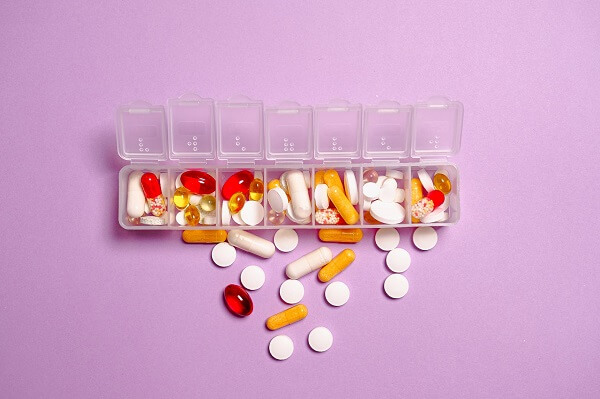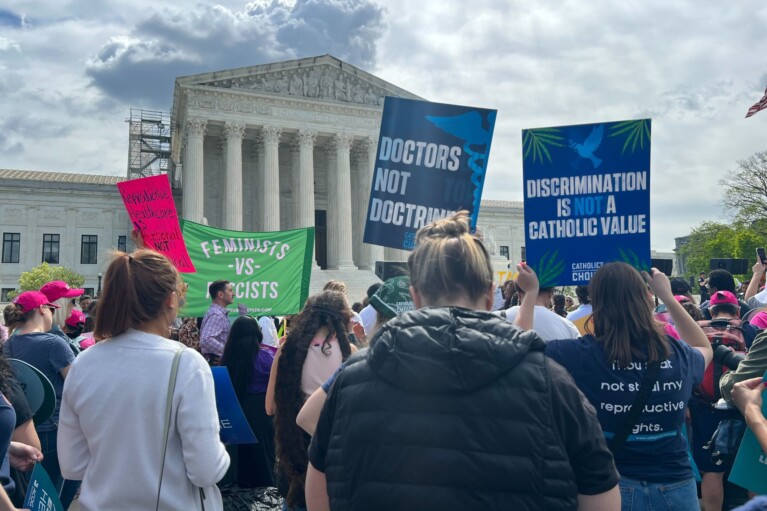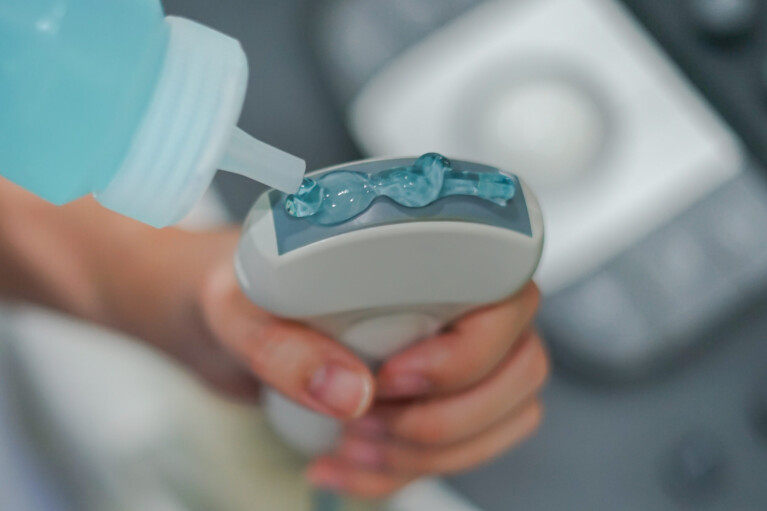Opinion: To Lower Health Costs, Md. Must Increase Access to Lower-Cost Treatments

At a time when affordable access to health care and innovative health solutions have never been more important, the Maryland Prescription Drug Affordability Board is set to play an important role in examining and recommending policies to help lower health care costs for Maryland patients. As the board explores options, any proposals they release should include policy recommendations to increase the use of biosimilars to help lower costs for patients.
Biosimilars are near identical versions of biologics – a type of medication manufactured from living cells that can treat complex and chronic conditions that previously had limited effective treatment options, including rheumatoid arthritis, plaque psoriasis or Crohn’s disease. Simply put, biosimilars act as a generic version of biologics, just as generic medications exist for traditional small molecule drugs (such as acetaminophen for Tylenol).
While biologics have been life-changing for many, they are expensive to research and manufacture because they are engineered in living cells. Just 3% of patients in the U.S. who take biologics account for more than 40% of prescription drug spending in our country. Biosimilars are as safe and effective as their brand-name counterparts. They are also more affordable than their reference biologics, costing 20% to 35% less on average. However, while generic drugs account for 90% of small-molecule prescriptions, biosimilars only make up 2% of the complex-molecule drug market.
This gap shows significant room for increased use of biosimilars, which will result in more competition in the prescription drug market. Furthermore, biosimilars can provide increased access to life-saving treatments and can lower the prohibitively high cost of treatment. A recent study showed that increased use of biosimilars could reduce a patient’s average out-of-pocket costs by 17%, and could reduce the total out-of-pocket spending in the U.S. by up to $238 million and save billions for overall health care drug spending.
Despite clear benefits to patients and meaningful, systemic cost savings, increased uptake of biosimilars has faced numerous hurdles, such as the lack of inclusion on insurance formulary lists. Formulary lists determine which prescriptions are covered by an individual’s insurance. These lists are often created by pharmacy benefit managers (PBMs) – little-known actors in the health care system who act as middlemen between drug manufacturers, insurance companies, and pharmacies – who negotiate costs with drug manufacturers. PBMs generally have limited regulatory oversight, and they continue to partner with biologic manufacturers to include the higher-priced treatments as preferred medications on formularies, limiting patient access to more affordable biosimilars.
The Prescription Drug Affordability Board should examine increasing regulation of PBMs and eliminating the current incentives that prioritize covering high list-price treatments but not more affordable ones. Additionally, both physicians and patients have been reluctant to switch from brand name biologics to their biosimilar equivalents. This reticence to make the switch to biosimilars is not a new phenomenon.
In the 1980s, when I was a practicing otolaryngologist/facial plastic surgeon in Maryland and Washington, D.C., I experienced this same hesitancy when there was a movement to switch patients to generic prescriptions, in part to curb health care costs. Patients were convinced they were getting a less effective treatment and there was a long delay in the uptake of generics, coming at a great cost. Despite this, physicians today overwhelmingly prescribe generic small molecule drugs, saving patients and the health care system significant sums of money.
The reluctance and fears of an inferior product that existed among generics was unfounded, and that same aversion to biosimilars – which pass rigorous regulatory approval – is equally groundless. In fact, advances in bio-processing techniques over the past 20-plus years since reference biologics were created, have led to less molecular variance batch to batch in new biosimilars. This means that patients receive a treatment with the same efficacy as the original biologic, but with a more consistent effect dose to dose. Biosimilars that are manufactured today are also produced without using animal components that can potentially transfer adventitious agents, such as infectious protein particles (like mad-cow disease) to patients.
While assuaging the concerns of patients will take consistent educational efforts from many advocates in our health care system, Maryland’s Prescription Drug Affordability Board can help accelerate the uptake of biosimilars and bring down patient prescription drug costs by recommending policies that increase market competition between biosimilars and biologics. The board must ensure a level playing field for smaller drug manufacturers who are creating biosimilars and other life-saving treatments and vaccines right here in Maryland, and empower these companies to provide patients with affordable, high-quality treatments that can improve their quality of life.
— DR. JEFFREY HAUSFELD
The writer is chairman of the board of BioFactura and chief medical officer of the Frederick-based biopharmaceutical company.




 Creative Commons Attribution
Creative Commons Attribution